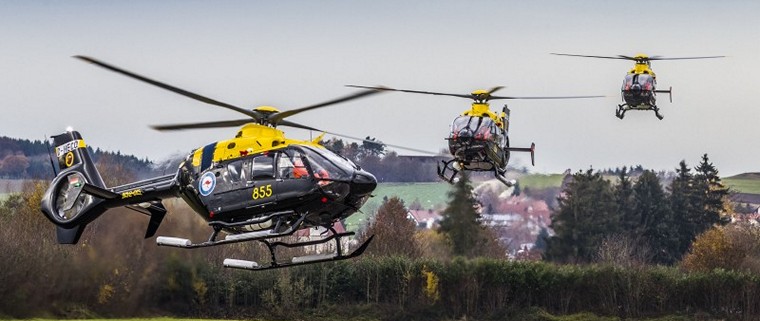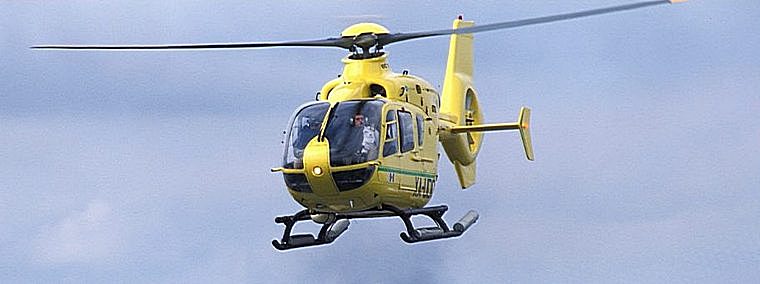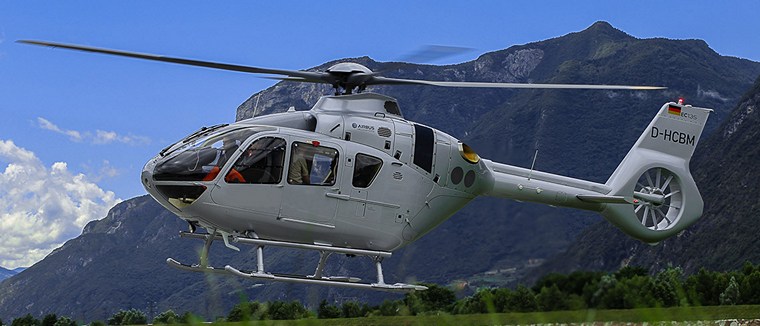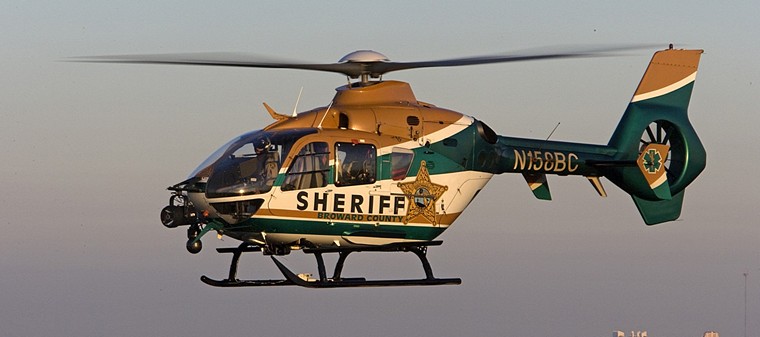












Airbus H135-20 Years of History and Still Going Strong
Safe, silent, reliable, versatile and competitive, the H135 has completed some 4 million flight hours since its entry into the market in 1996, with almost 1,200 units delivered to more than 300 operators in 60 countries. During two decades it has proven that there is no mission beyond its capacity: emergency medical services (EMS), law enforcement, corporate transport, wind park maintenance, military training. And it is adding more.
The H135 opened a new chapter in the light twin-engine helicopter class with its introduction in 1996. Continued development over the past two decades and regular upgrades to the most modern technological standards have helped the H135 become and remain the reference model of its product category.

Photo© Airbus/Christian Keller
Recent orders show that the H135 is still going strong. In May 2016, Airbus Helicopters was selected as Aircraft Service Provider to deliver 28,000 flight hours per year from a fleet of 29 H135s and 3 H145s for the UK Military Flying Training System's rotary wing solution. A month later on June 13, a consortium of Chinese companies purchased 100 H135 units, underlining the growing demand for this helicopter model in Asia. This purchase will lead to the establishment of a H135 final assembly line in Qingdao in Shandong province.
The success of this light-twin aircraft goes back to the 1980s. It was in that decade that a new multi-purpose helicopter was planned to follow-up on the immense success of the Messerschmitt-Bölkow-Blohm BO105, of which more than 1,600 aircraft had been constructed over several decades.

Photo © Airbus
From the very beginning, the new helicopter aspired to become a globally unique product. The earliest version featured a glass cockpit for optimised viewing conditions, the most modern avionics at the time of the mid '90s, and an autopilot system and dual-engines with the option for the customer to choose between two different manufacturers: Turbomeca (today Safran Helicopter Engines) or Pratt & Whitney Canada.
The exterior design of the aircraft also represented its international background: While the airframe and the main rotor system came from the German side of the company, the tail boom including the proven Fenestron® shrouded tail rotor and the electrical system were the result of French engineering.

Photo © Airbus
The H135 has undergone constant change during its 20 years to meet the changing needs of operators. Its latest version, which entered into service in December 2014 under the name EC135 T3/P3, offers more than 200 kilograms of additional payload with a greater maximum range in "hot and high" conditions - a clear advantage over other rotorcraft in the same category.
Previous versions of the helicopter can also be brought to the aircraft's latest standards through retrofits. As the most recent development, the avionics suite Helionix® by Airbus Helicopters with a 4-axis autopilot will be available from the autumn of 2016, reducing the pilots' workload to further increase flight safety. While the H135 continuously gained in performance and payload, the costs for the aircraft remained stable. Today, the H135 has the lowest Direct Maintenance Costs (DMC) of its class.

Photo © Airbus
Around one quarter of the worldwide fleet is used for emergency medical services, with other missions spanning law enforcement, offshore, utility, transport and military services (as the H135M).
 |
 |
 Copyright © 2024 Pilot's Post PTY Ltd
The information, views and opinions by the authors contributing to Pilot’s Post are not necessarily those of the editor or other writers at Pilot’s Post.
Copyright © 2024 Pilot's Post PTY Ltd
The information, views and opinions by the authors contributing to Pilot’s Post are not necessarily those of the editor or other writers at Pilot’s Post.